Chelyabinsk Tractor Plant. Tanks and aliens
T-28 or T-29
The main plans for mobilizing the production facilities of ChTZ appeared from the first days of laying the factory buildings. At the same time, the specialists responsible for this actively attracted foreign experience in this area: in the archives you can find translations of Western open access magazines, which describe the serial production of military equipment. In particular, in the beginning of the 30-s, the magazine Machinery was written out at ChTZ, in one of the issues of which there was an article about the production of aircraft in Blackburn. The factory’s library also received specialized brochures on industrial mobilization in France and Poland.
The ChTZ mobilization plan itself first appeared in 1929 and had the S-30 index. This directive, among other things, included information on the preservation of the necessary number of workers and production equipment in the event of war. In the future, this plan was transformed into MV-10, which already provided for production tanks T-28 until the end of 1937. Later, the M-3 mobplan appeared, created in accordance with the requirements of the People's Commissariat of Defense. Mobilization plans included the deployment of military production, primarily at the Experimental Plant, followed by expansion to all ChTZ buildings. The plant’s technical director or chief engineer was responsible for monitoring the implementation of mobilization plans. They had to monitor the implementation of the ever-changing requirements of the People’s Commissariat and, most importantly, maintain the technical equipment planned for mobilization in working condition.
Lennart Samuelson in his work “Tankograd: Secrets of the Russian Rear 1917-1953” mentions the preparation at the end of the 1934 year of the Pilot Plant for the production of the T-28 tank. The drawings of the tank were planned to be transported to Chelyabinsk from Leningrad and to quickly equip the site for launching the tank in series. So it was seen by the leadership of the People’s Commissariat of Heavy Industry, and from there they pushed the factory management in every way with the implementation of the idea. At the beginning of the 1935 year, an order came to launch the production of a pilot batch of three T-28 tanks. Alexander Bruskin, director of the plant, responded to the order:
He demanded to send the tank to the factory as a sample and deliver the blueprint drawings. In addition, an order was issued to constantly inform the engineering staff of ChTZ about all changes in the design of the tank that are being introduced at the manufacturing plant. At the same time, the leadership of the People’s Commissariat did not finally decide what to do in case of mobilization: T-28 or T-29. During February 1935, this issue was in limbo. As a result, Sergo Ordzhonikidze signed 26 on February 1935 of the year Order No.51-ss (top secret) on the deployment of the production of the wheeled-tracked T-29-5. What happened. The reasons were the complexity of the design of the machine, the unreliability of the chassis, the changing priorities of the leadership of the tank-building industry and the high price of the machine itself - up to half a million rubles. The expert Yuri Pasholok cites as an example the cost of BT-7 in 120 thousand rubles, and the price of T-28 ranged from 250 thousand to 380 thousand rubles. As a result, the T-29 program was closed.
The main products of the Chelyabinsk Tractor Plant all the pre-war time were C-60 tractors, the production intensity of which by 1936 year reached the planned 100 units per day. Already by 1937, the total volume of production fell from 29059 tractors to 12085, this was largely due to the development of the first serial diesel C-65. By the way, the index of the car meant the fact that the tractor immediately replaced 65 horses in agriculture! By the way, this has become one of the slogans for attracting labor from the village to the power of the Chelyabinsk Tractor. Cadres, as usual, decided everything in this case.
Everything at the Chelyabinsk Tractor!
Consideration of the pre-war readiness of the plant to become the legendary Tankograd is impossible without a separate story about the people who raised ChTZ with their own hands and worked in its workshops. In the first part of the story this was already discussed, but it is worthwhile to dwell on some points. Already in 1931, because of the chronic labor turnover, the management of the unfinished plant was forced to turn to the residents of the villages of the Urals:
It was also a kind of mobilization, only in peacetime. In 1932, more than 7000 people arrived to work under an agreement with collective farms. Also, the management of the plant under construction was forced to deal with staff turnover in not the most traditional ways. So, the self-fixing of the worker at the plant was practiced on the basis of his written application, and many builders were obliged to work at the plant after its construction, that is, practically for life.
No matter how it seemed socialist propaganda, the Stakhanov movement played an important role in the construction of the plant and its work. So, the leader of the socialist competition Leonid Bykov, with the norm in 560, stamped for changing 1859 links of tracks, and the grinder Irina Zyryanova processed 2800 piston wheels for a change at a norm of 2 thousand. But even at such an emergency pace of operation, the plant reached the planned operating mode only once - in 1936 year. One of the reasons for this was the weak professional staff at the plant, who did not have experience in such a serious and mass production. I had to “buy brains” abroad - the peak of attracting them to ChTZ was in the 1930-1934 years.
Two types of foreign citizens worked at the enterprises of the South Urals. The first came exclusively to earn money and received a salary in dollars or even gold. These were highly qualified specialists who held senior positions (they had young Soviet engineers as deputies), or advised when installing equipment and setting up. They received equivalently up to 1500 rubles per month with an average salary of the enterprise in 300 rubles. Specialists from abroad received part of the money in rubles in cash, and part in foreign currency to bank accounts. It was expensive for the Soviet state, and after the expiration of two or three year contracts, they usually did not extend. Thus, most of the most important specialists returned to their homeland by the 1933 year. The second category included ideological volunteers, often communists employed in jobs of medium complexity. Often, they simply escaped from unemployment that erupted in the West. At the same time, ChTZ, with its 168 foreign workers, was far from being the leader in the region in this regard - at the Magnitogorsk Iron and Steel Works, an 752 worker was immediately attracted from abroad.
It is noteworthy that the most tense were the relations between foreign engineers and their Soviet colleagues. This was largely a result of claims from foreign guests. The blame was laid on the desire of the factory workers to fulfill their planned tasks at all costs, reluctance to borrow Western work ethics, the confidence of Soviet engineers in the fatal inevitability of losses, poor quality of work, and unsatisfactory performance discipline. In response, foreigners were regularly accused of sabotage and espionage, and 1931 engineers from Europe were immediately removed from the ChTZ under construction. Another reason for the feud could be a different household level, which provided the plant management with its workers and visitors from abroad. Foreigners, as is customary for us, got the most comfortable conditions: a separate room, free medicine, annual leave, food and non-food supplies. A fair indignation on the part of Soviet specialists was caused by the fact that even this was not enough for the guests. Foreign workers were created such living conditions that ordinary people from the Urals could not even dream of. But for the visitors themselves, in comparison with their homeland, this was nothing more than wretchedness.
But how did our compatriots living in the construction of ChTZ live? At first it was barracks with bunk beds for 30-40 families, fenced off with bales and sheets. Later, nearby villages were settled, the conditions in which were no better. The barracks were dilapidated, without running water, with broken glass, in dugouts with an area of 8-10 m2 lived by 10-12 people. Typical complaint of one of the employees:
In March 1937 of the year (CTZ was working hard), the NKVD carried out an unofficial check of the situation with the living conditions of factory workers. It turned out that there are six villages near Chelyabinsk, to which at least 50 thousand workers live! Most huddle in barracks and half dugouts.
To be continued ...
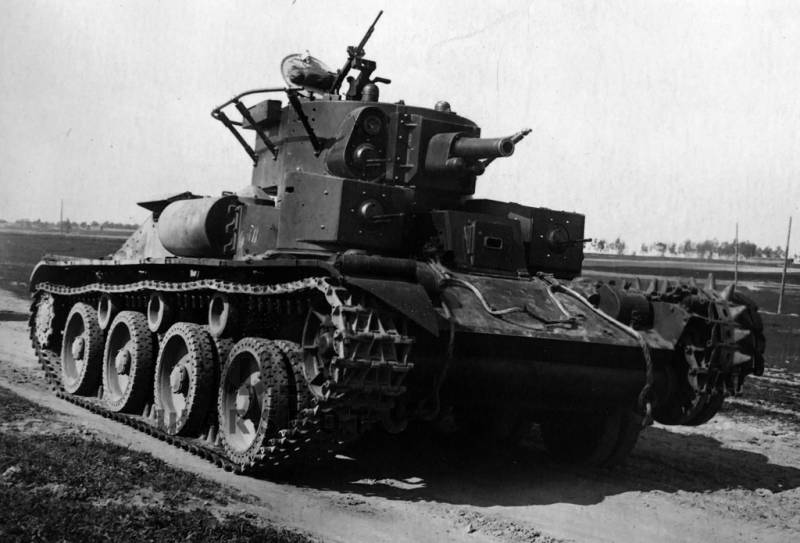
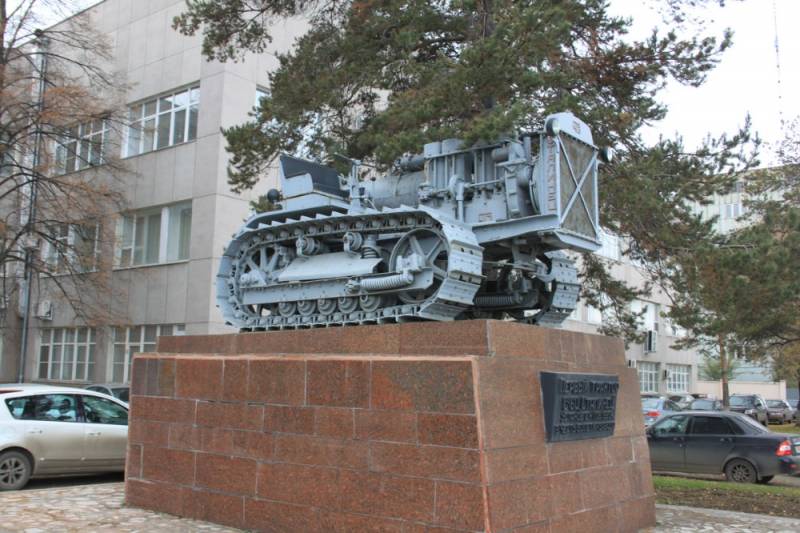
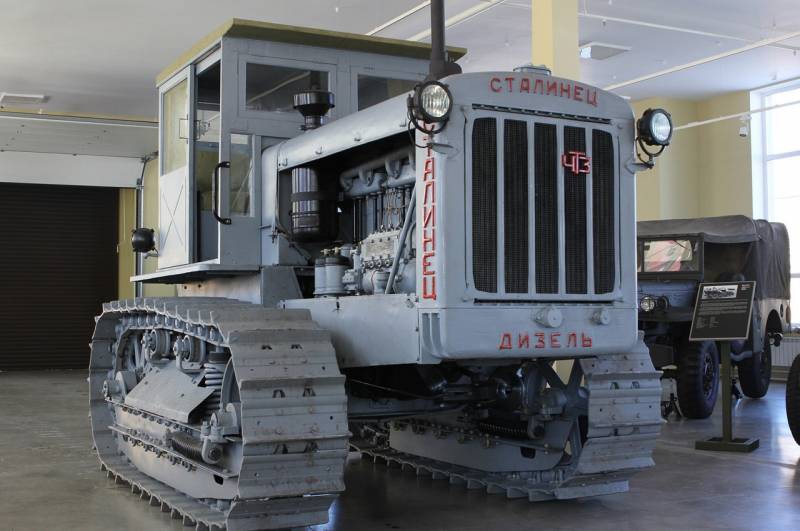
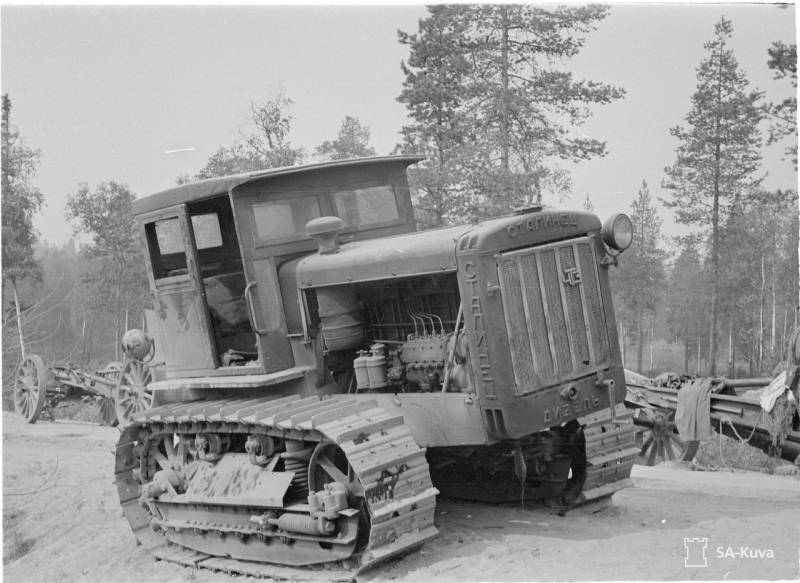
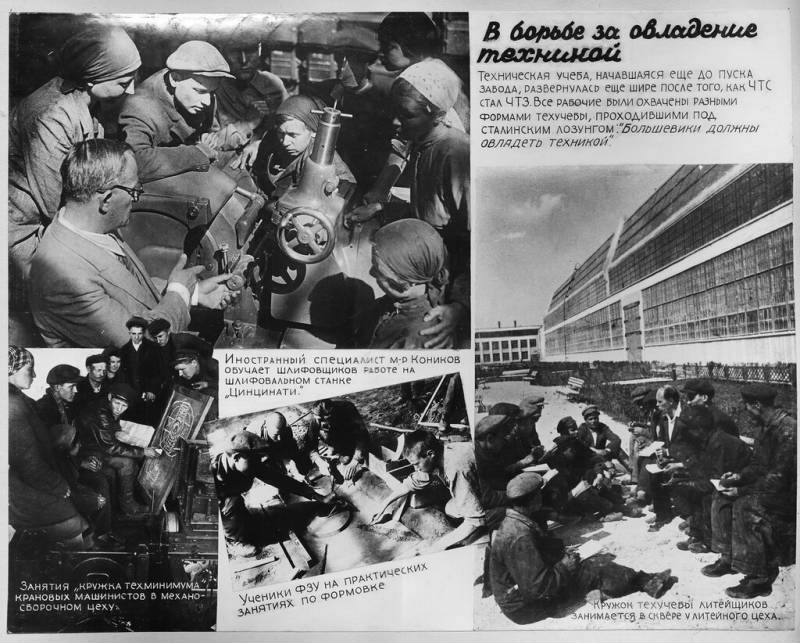
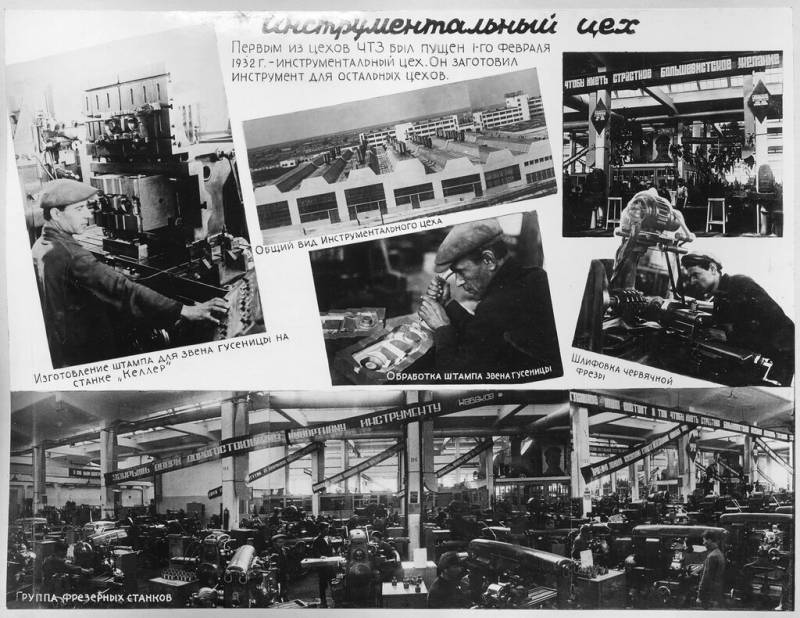
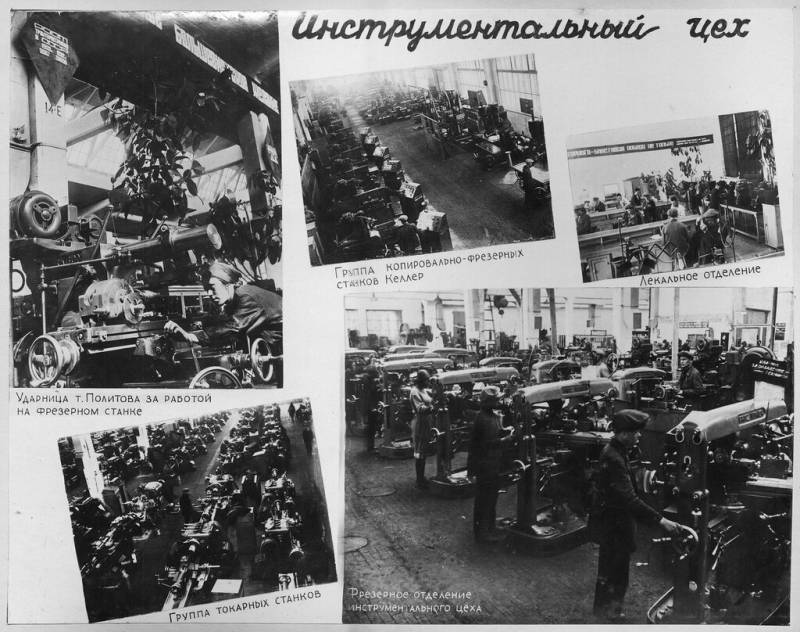
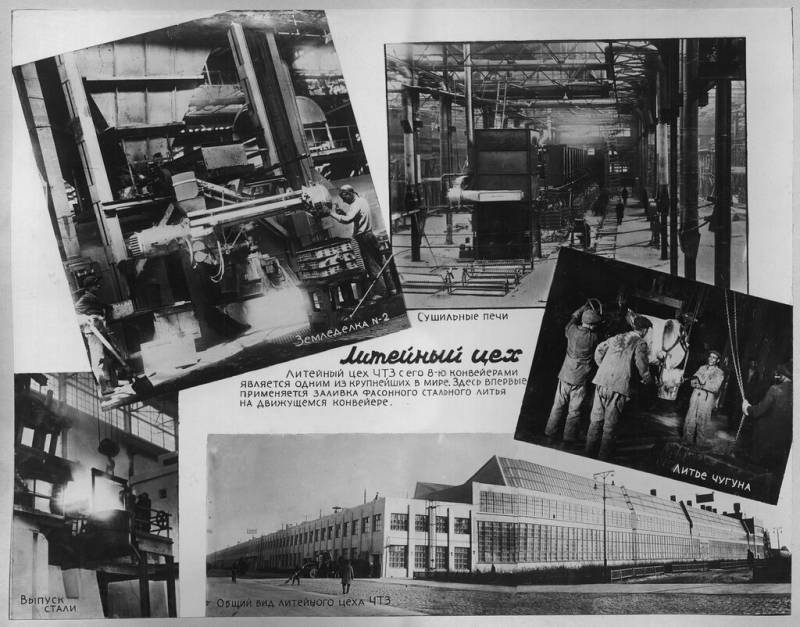
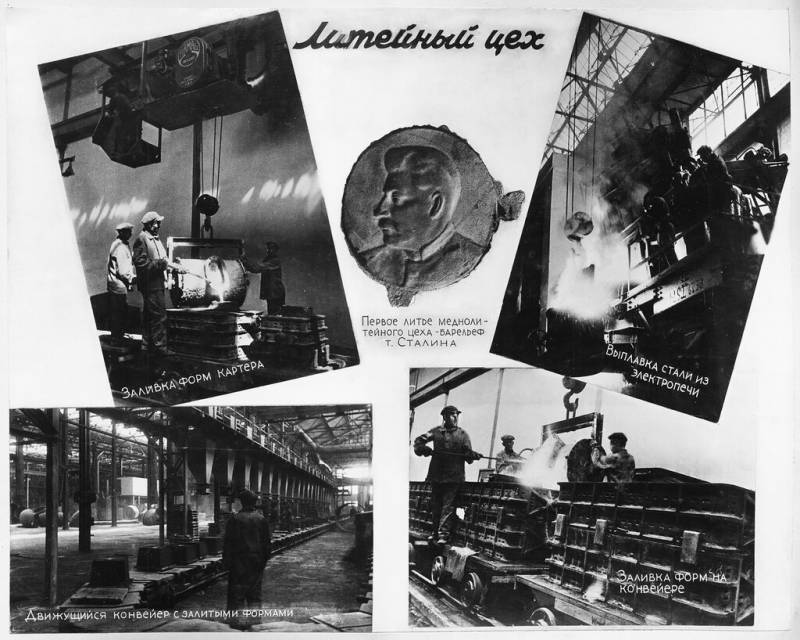
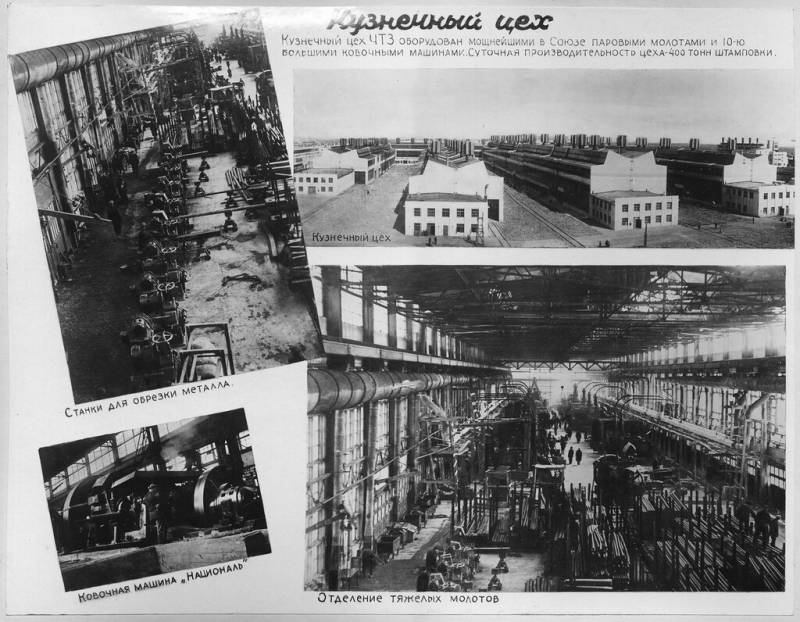
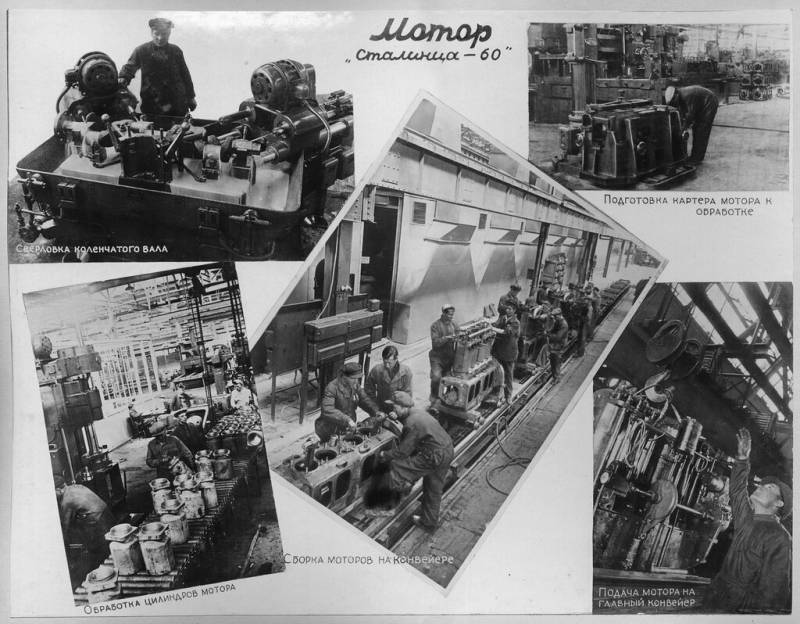
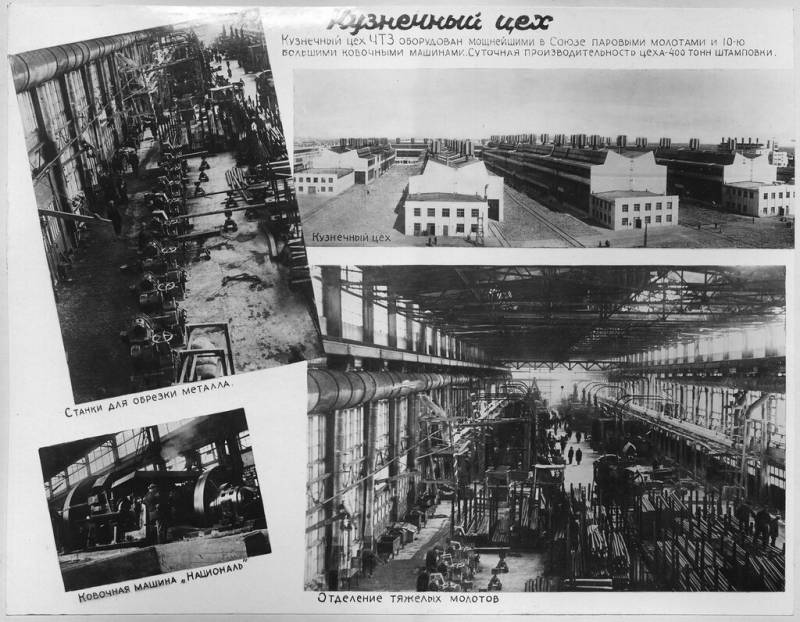
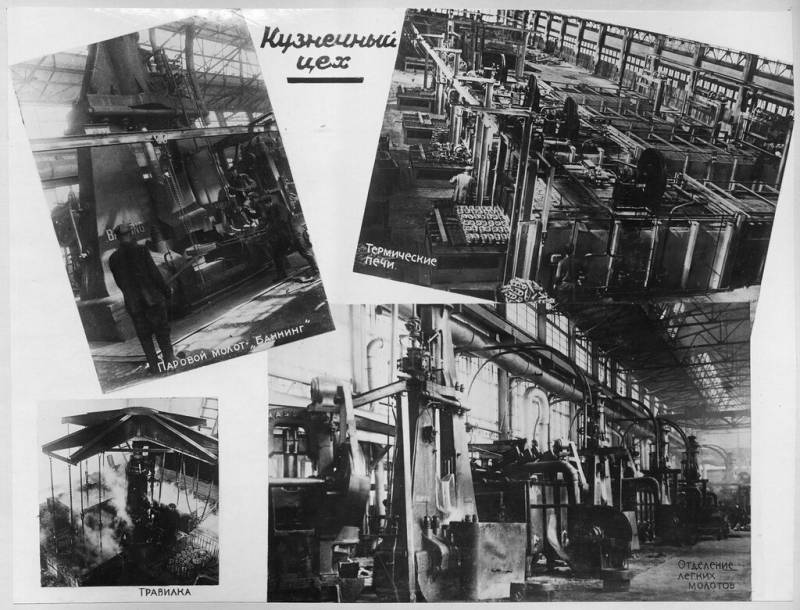
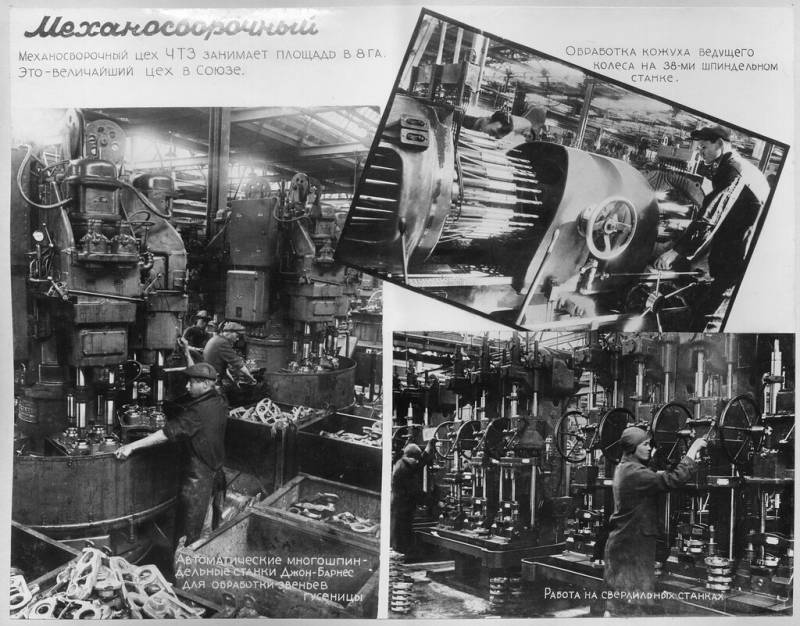
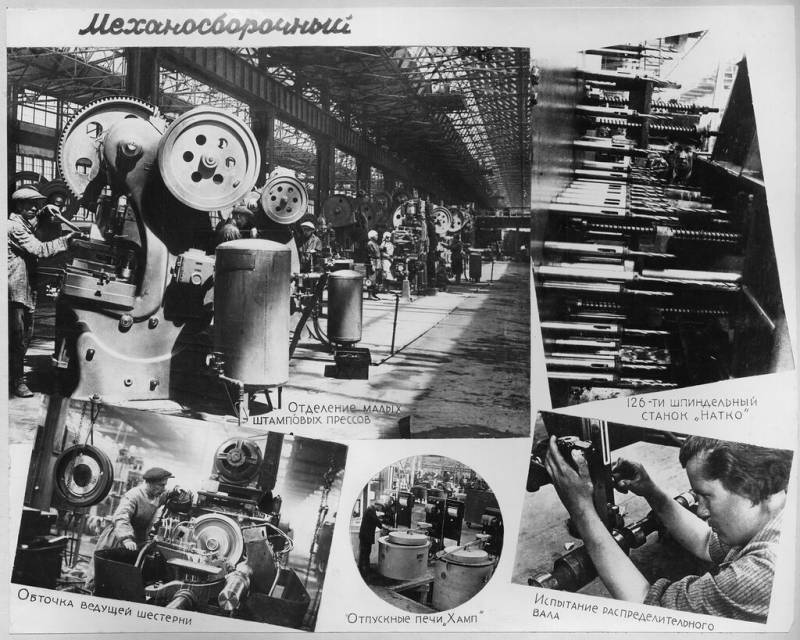
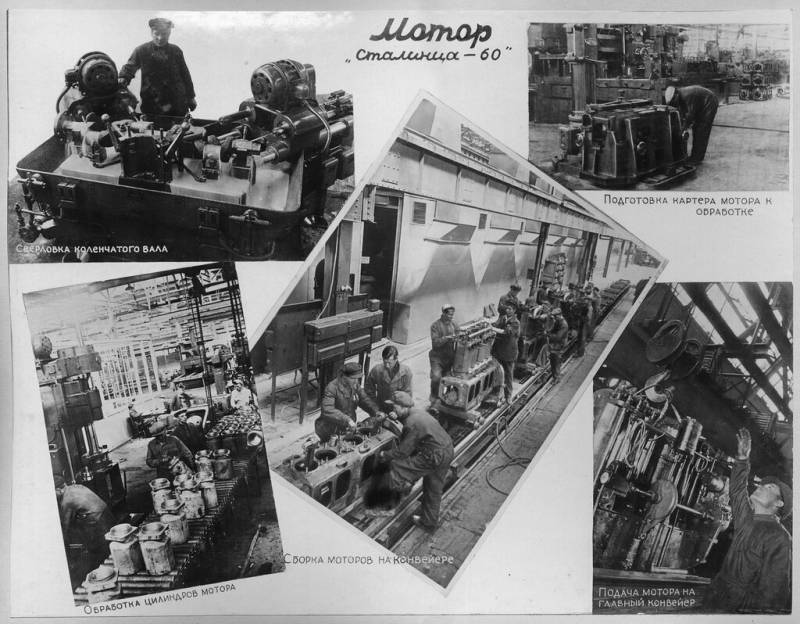
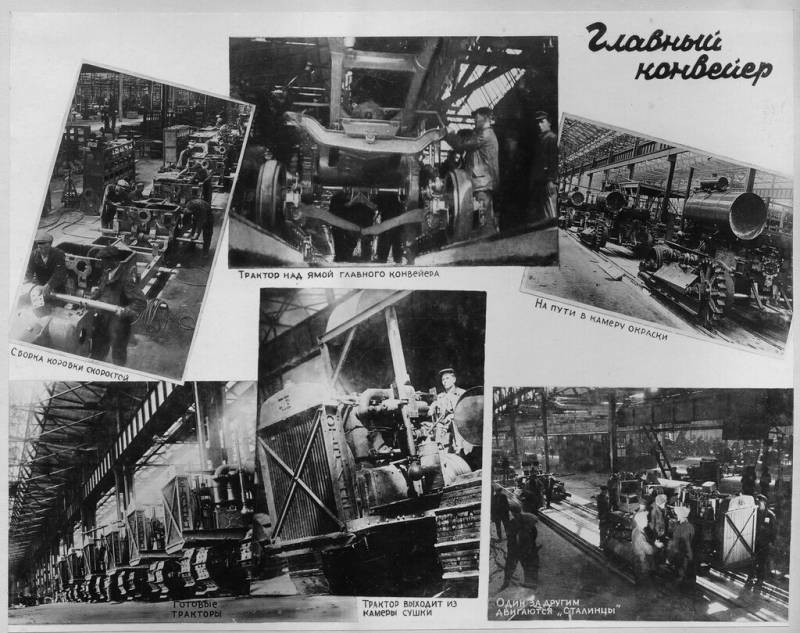
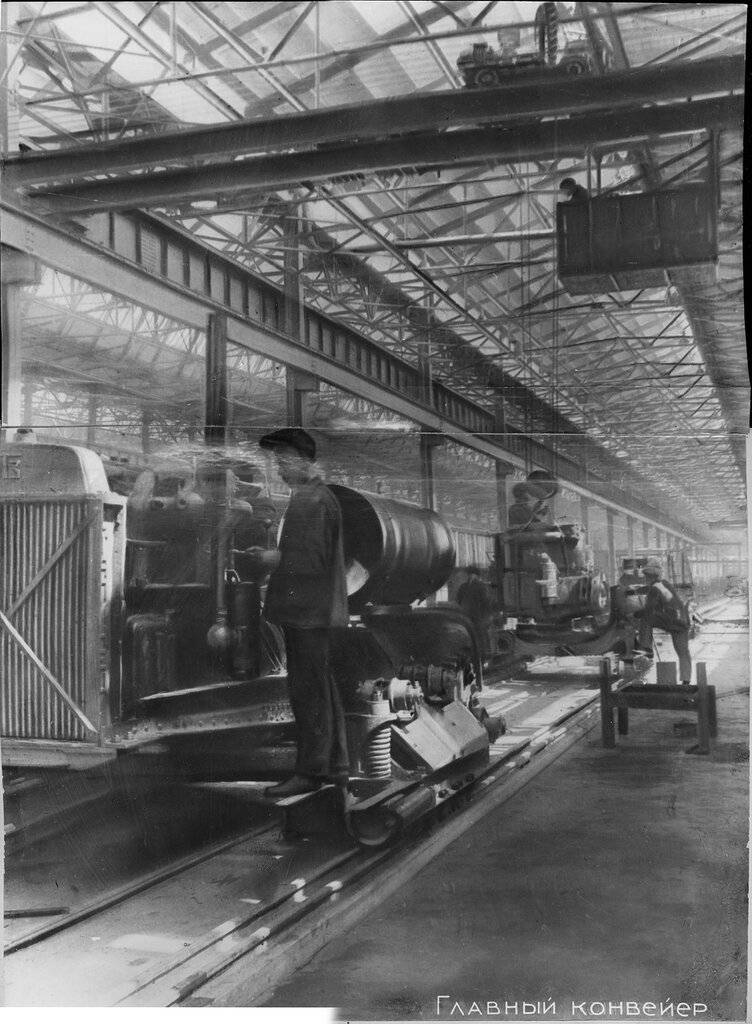
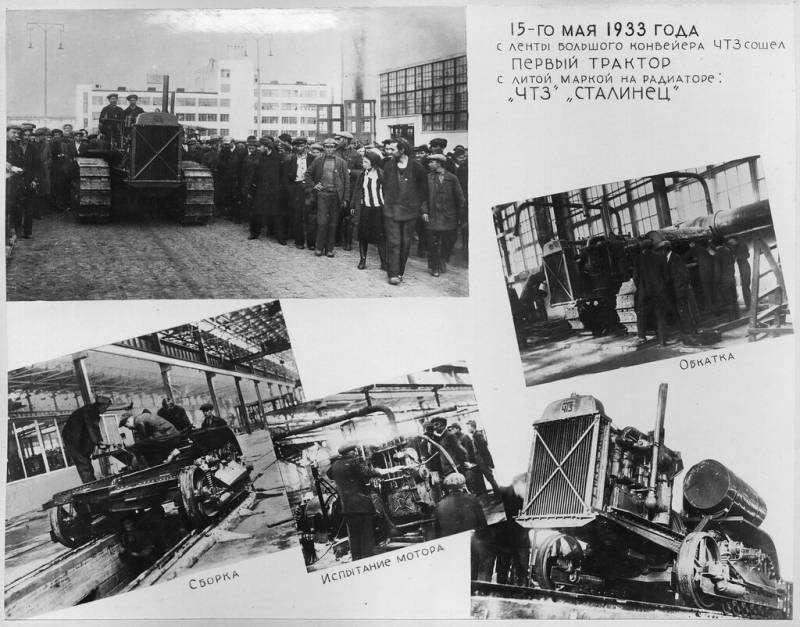
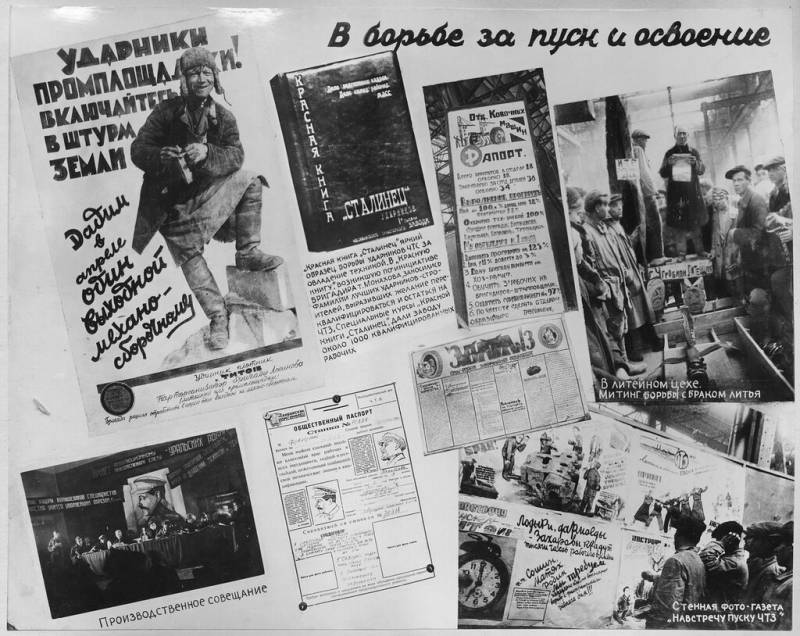
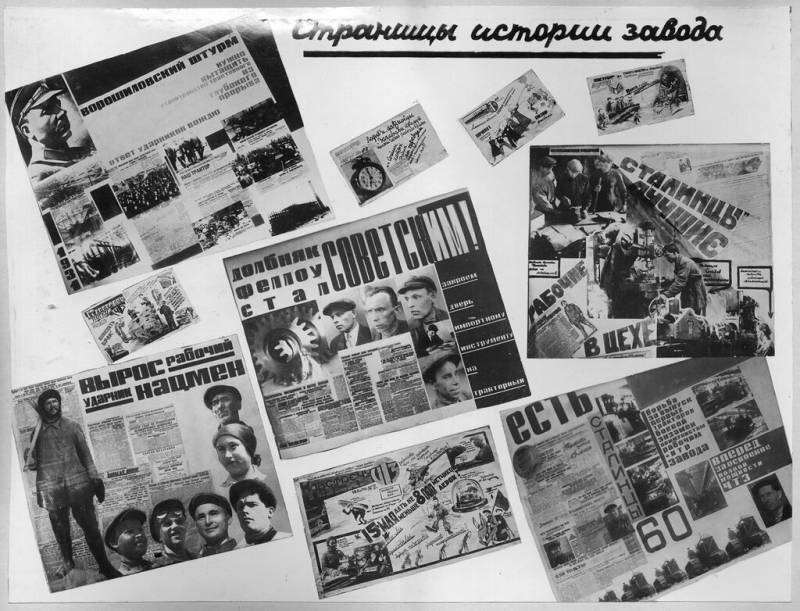
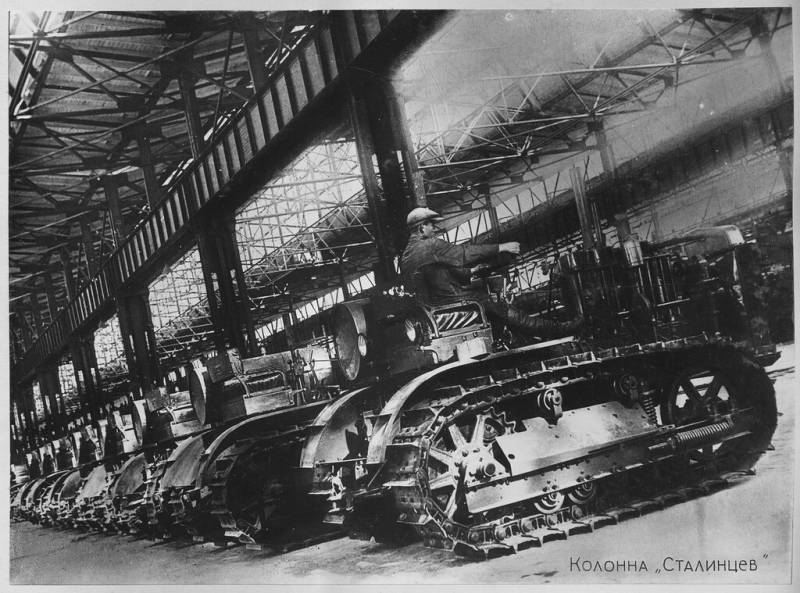
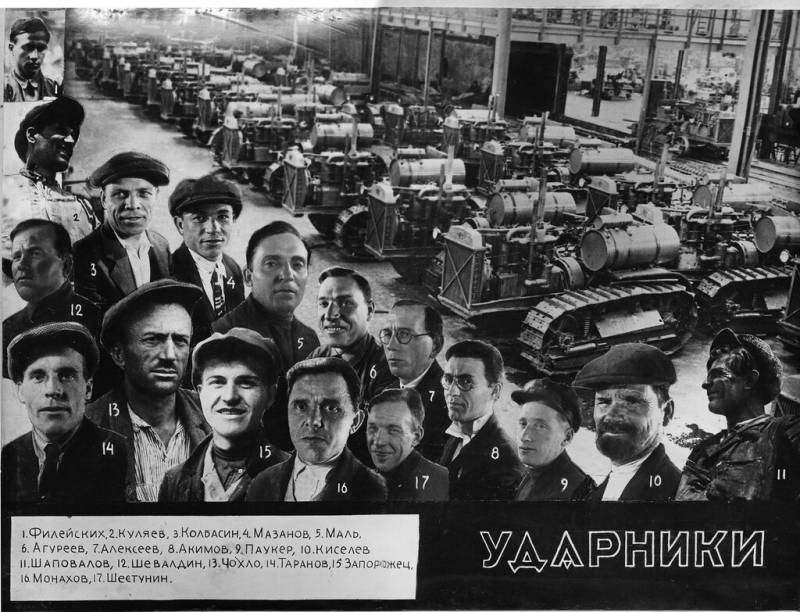
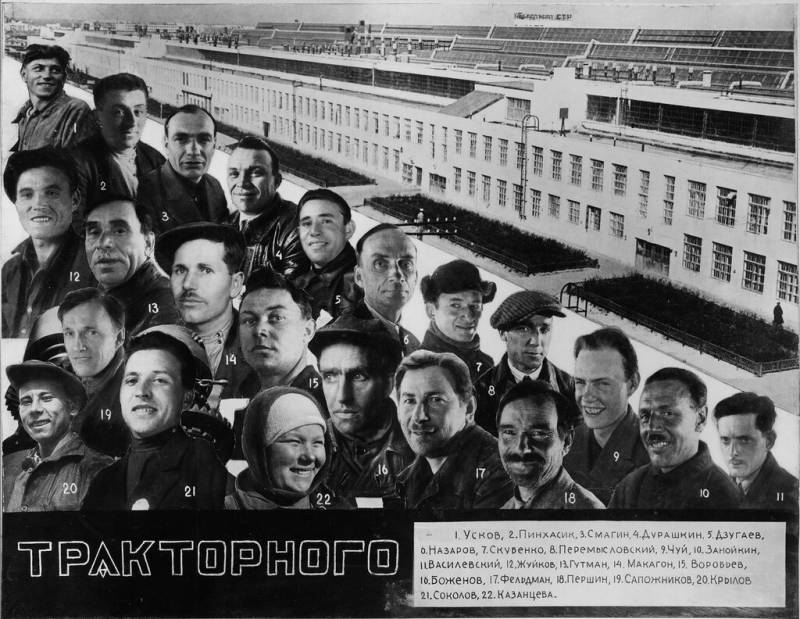
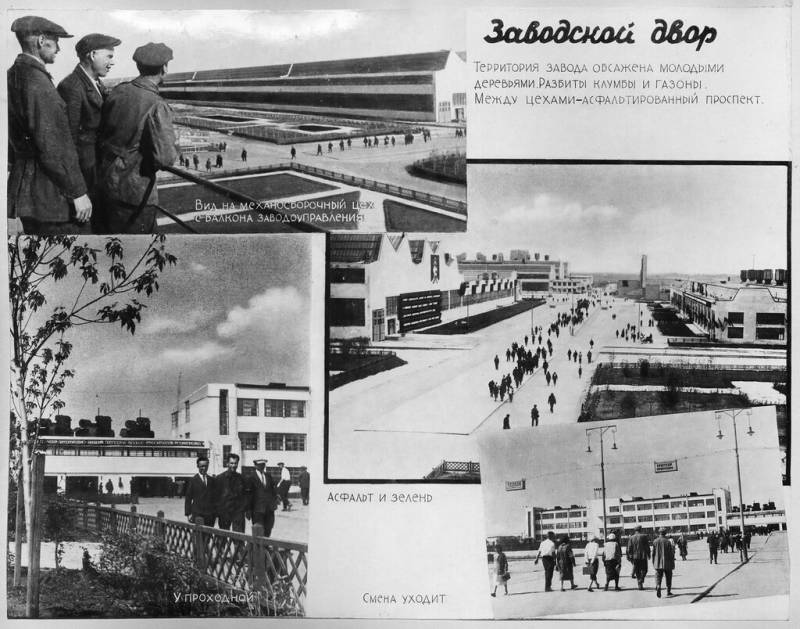
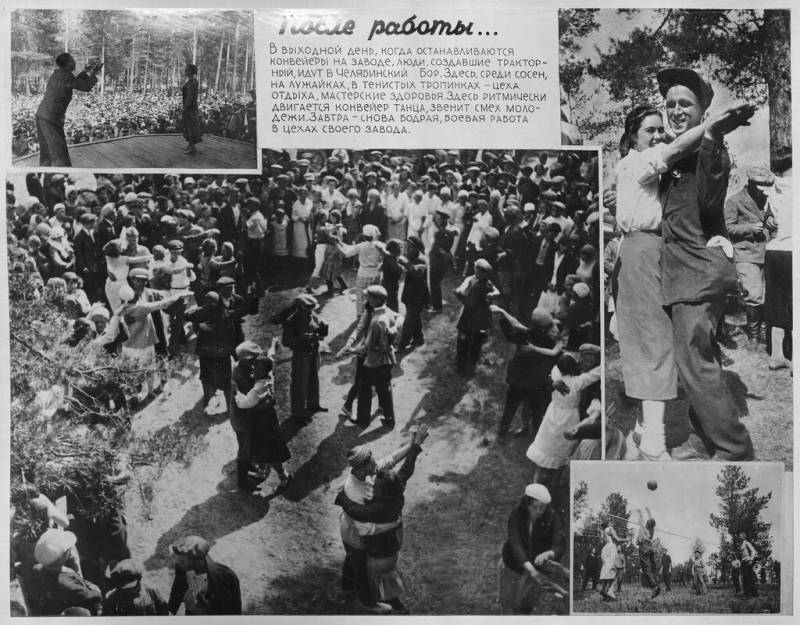
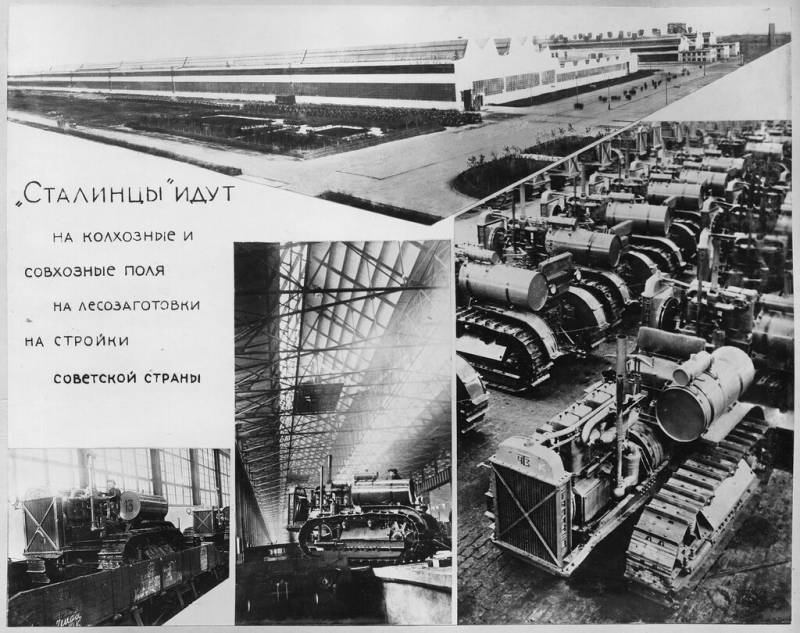
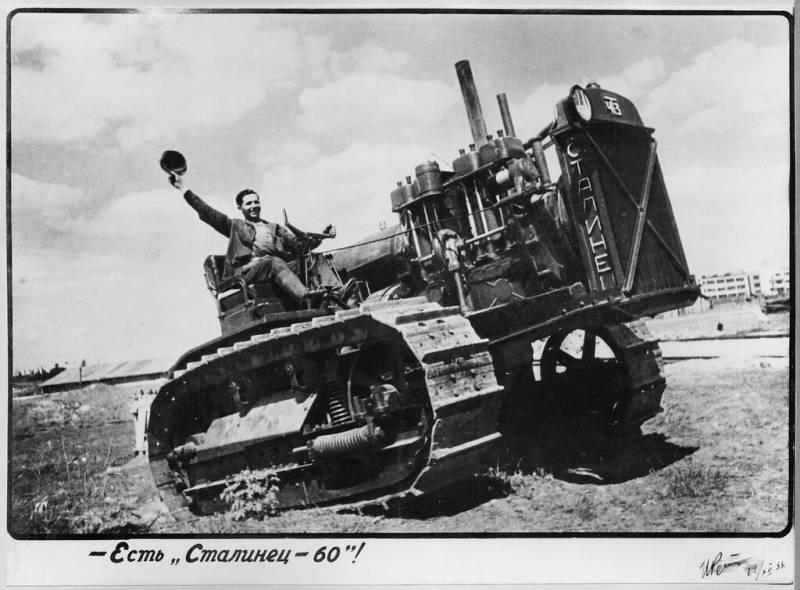
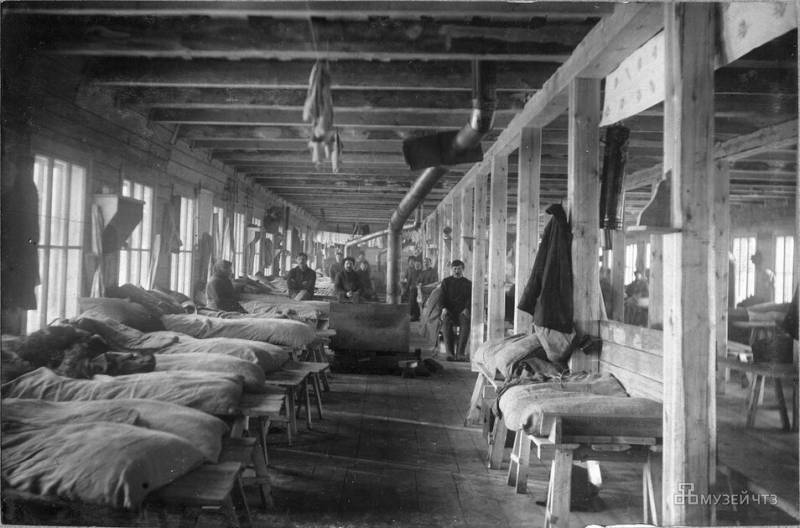
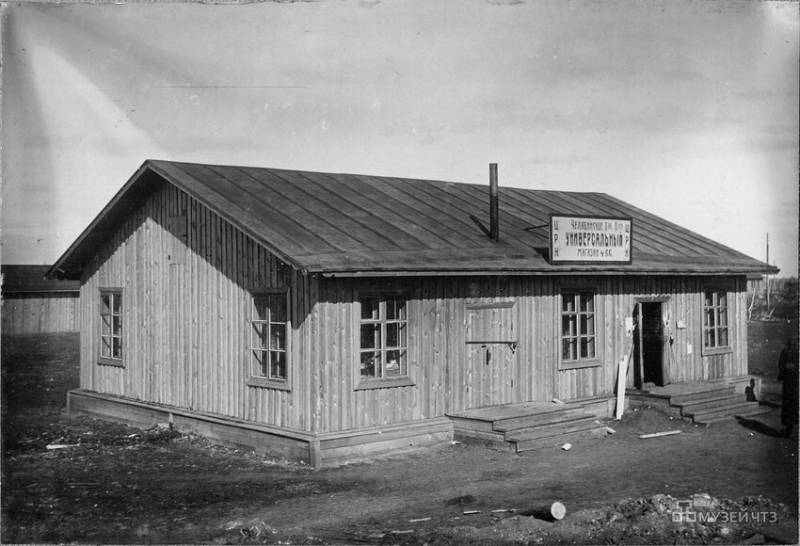
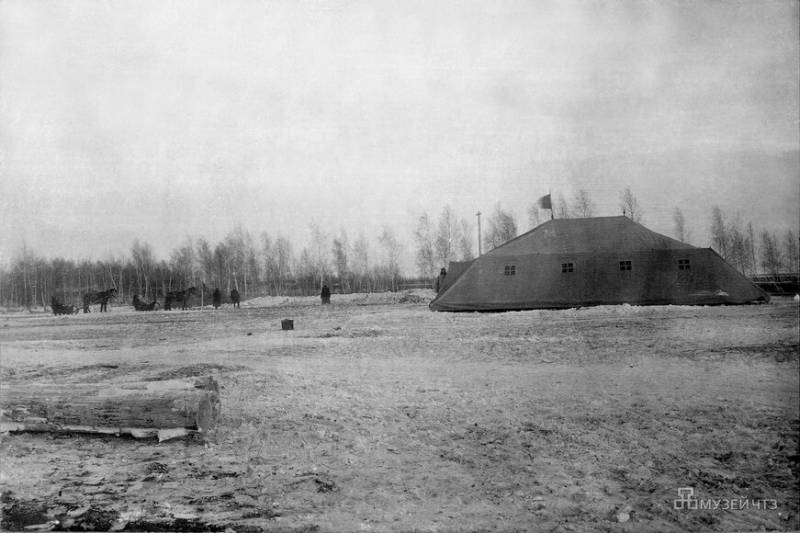
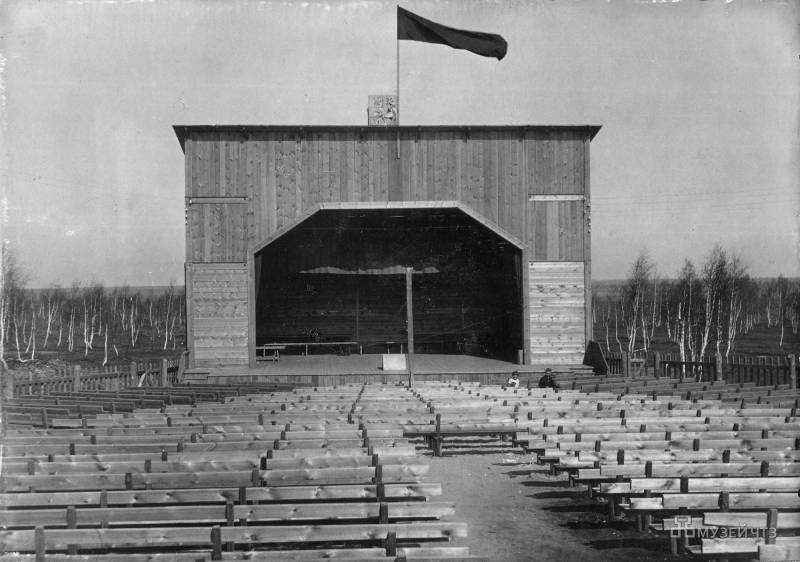
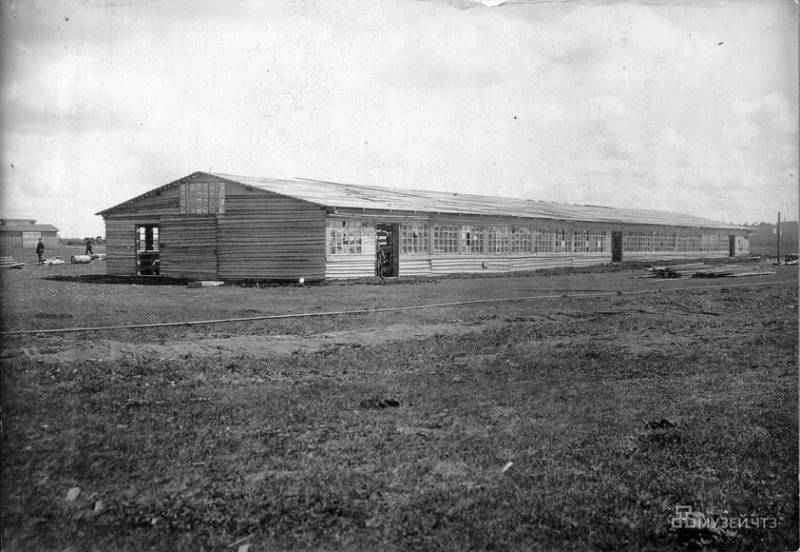
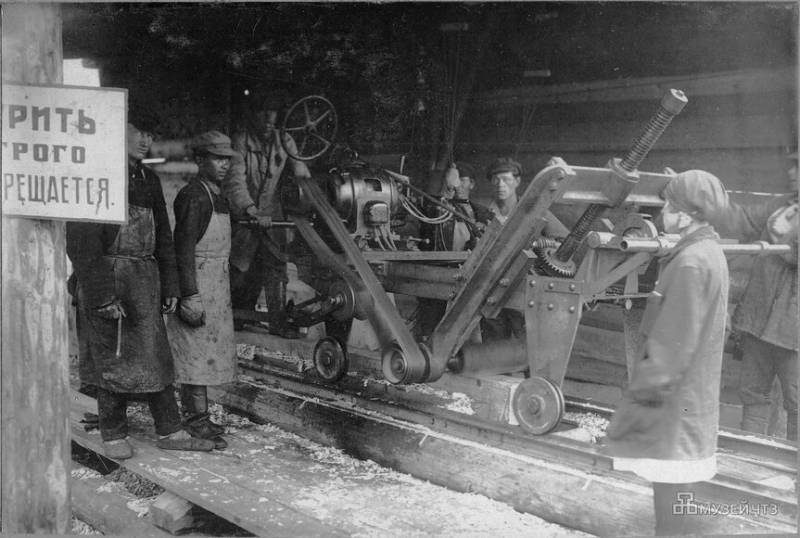
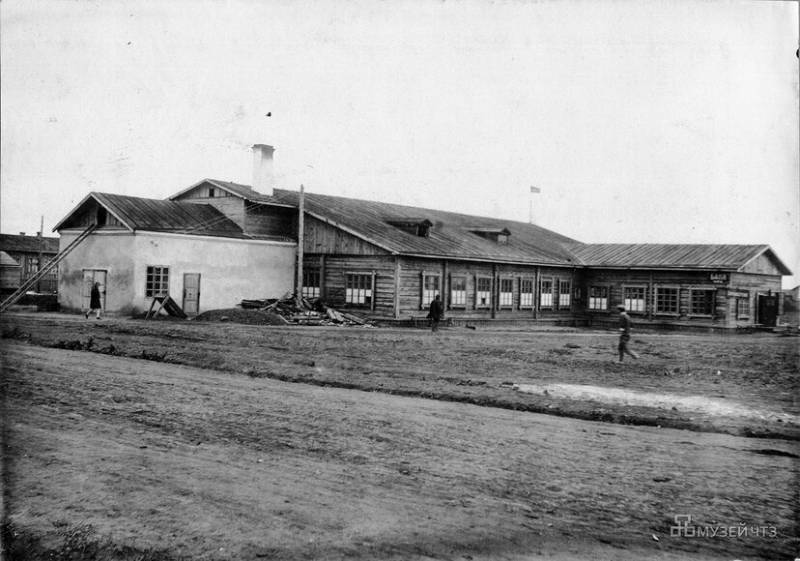
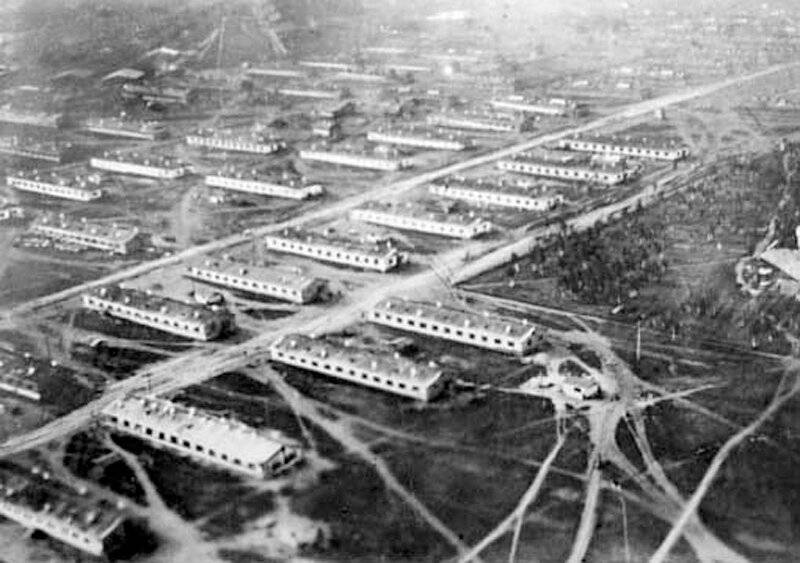
Information